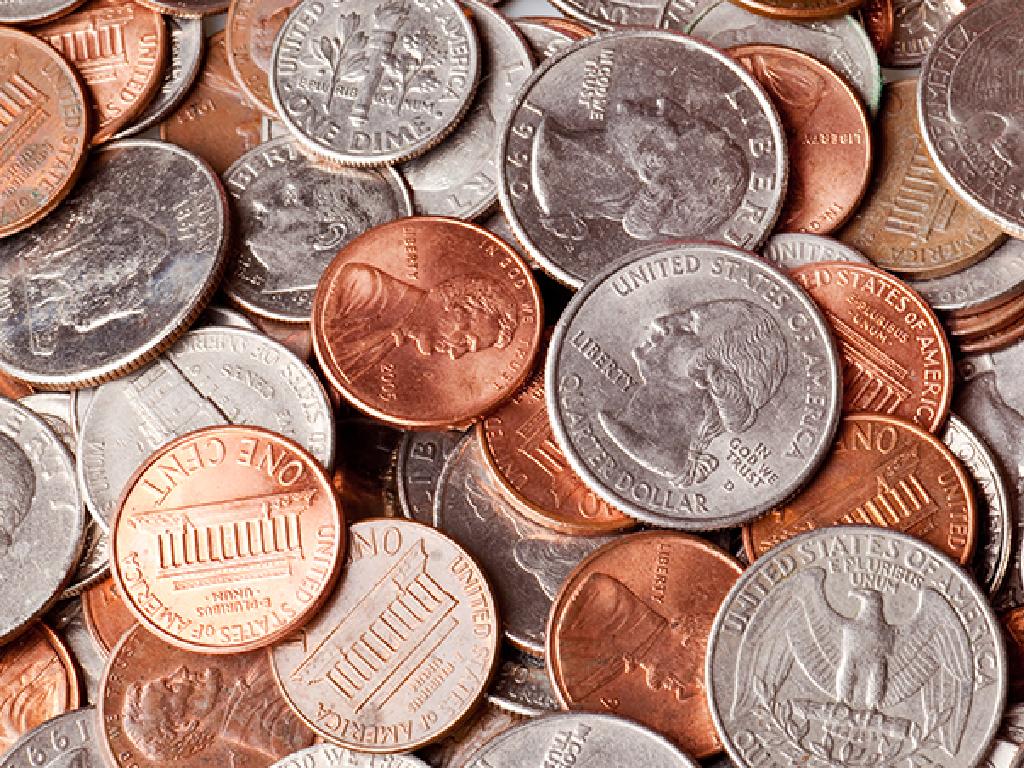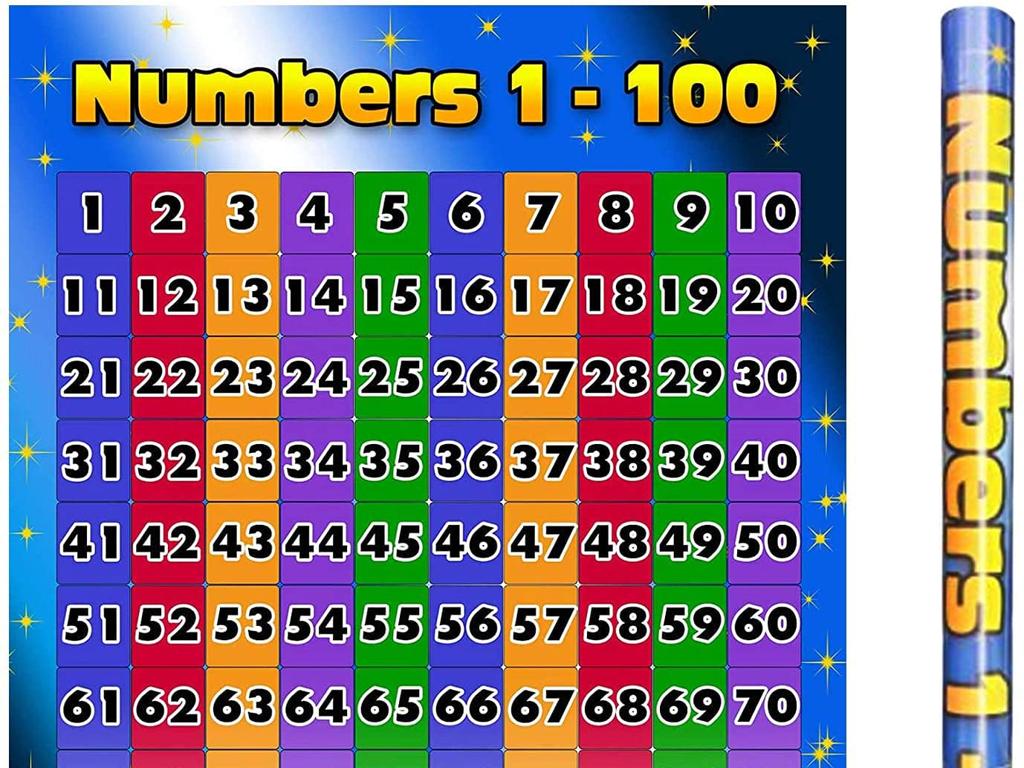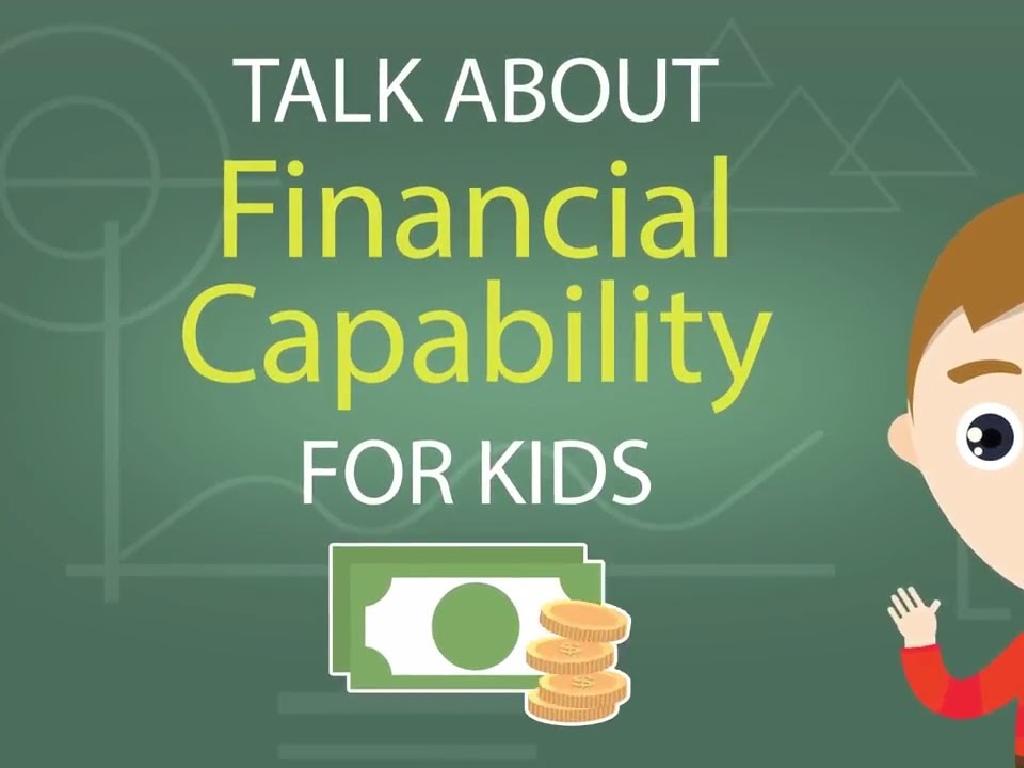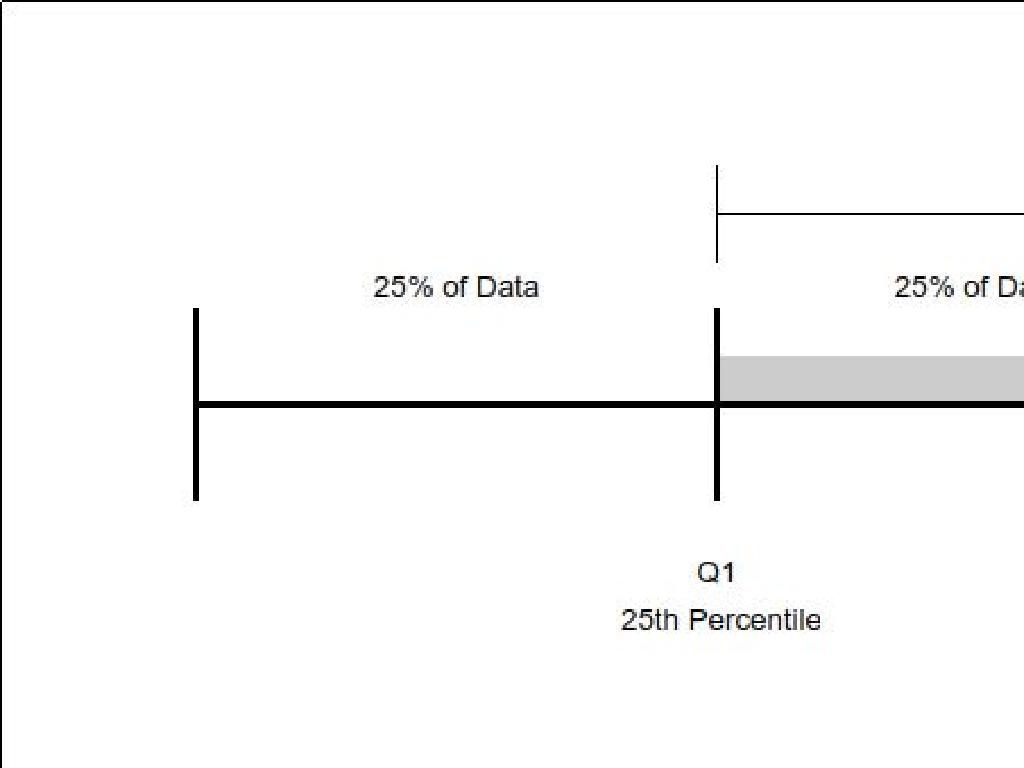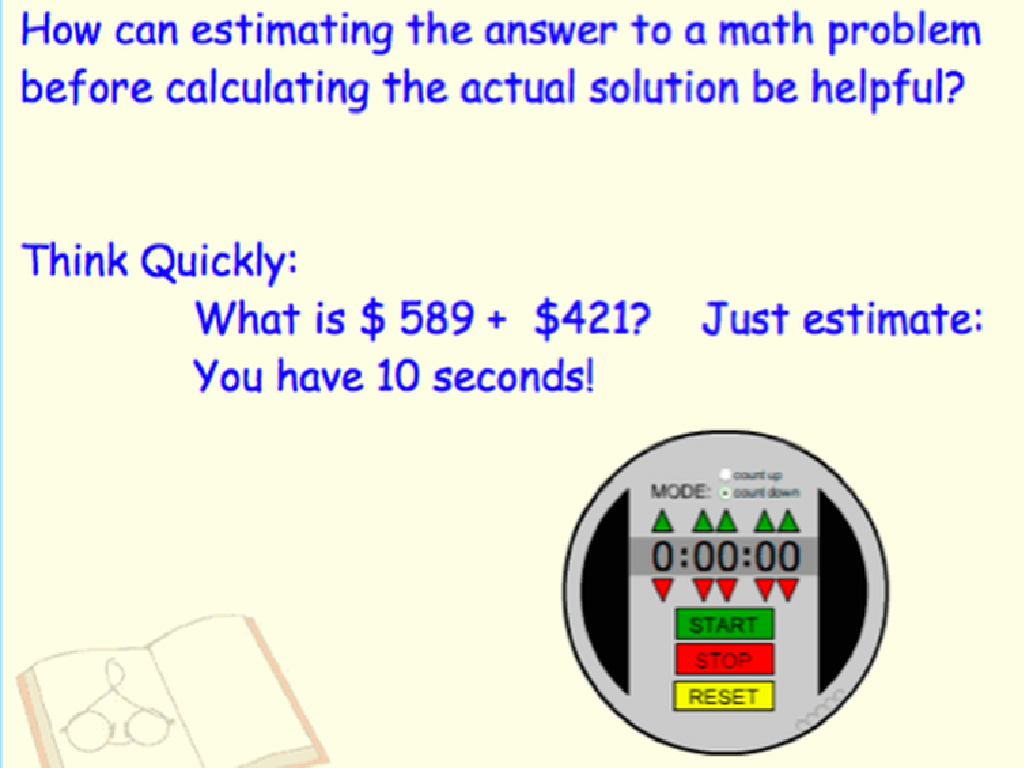Count Money - Pennies Through Dimes
Subject: Math
Grade: Kindergarten
Topic: Money
Please LOG IN to download the presentation. Access is available to registered users only.
View More Content
Welcome to Money Math!
– Money is used for purchases
– Pennies are worth 1 cent
– A penny is the smallest coin
– Nickels equal 5 cents
– A nickel is worth 5 pennies
– Dimes are valued at 10 cents
– A dime is worth 2 nickels or 10 pennies
|
This slide introduces Kindergarten students to the concept of money, specifically focusing on pennies, nickels, and dimes. Start by explaining that money is what we use to buy things like toys and snacks. Show them real coins or pictures of pennies, nickels, and dimes. Explain that a penny is worth 1 cent, a nickel is worth 5 cents, and a dime is worth 10 cents. Use simple terms and examples to help them understand the value of each coin. For instance, you could say that with 5 pennies you can get a nickel, and with two nickels, you can get a dime. Encourage the students to touch and hold the coins if possible, to familiarize themselves with the physical aspect of money.
Meet the Pennies
– A penny is worth 1 cent
– Smallest value U.S. coin
– Abraham Lincoln is on the penny
– Recognizing and counting pennies
– Practice counting by ones using pennies
|
This slide introduces the concept of the penny to Kindergarten students. Emphasize that a penny is the smallest unit of money in the U.S. currency, worth one cent. Show them the coin and point out Abraham Lincoln’s image, helping them to identify the penny among other coins. Encourage the students to touch and hold pennies to familiarize themselves with the size and texture. For the activity, have the children practice counting pennies, reinforcing the concept that each penny adds one more cent. Activities can include counting real or play pennies, matching number cards to piles of pennies, and simple addition tasks using pennies.
Nickels are Bigger: Understanding Value
– A nickel is worth 5 cents
– Equal to 5 pennies
– Think of it as 5 little pennies in one big coin!
– Thomas Jefferson on the nickel
– He was the 3rd President of the USA.
– Recognizing and comparing coins
– Nickels are larger than pennies but not worth as much as dimes.
|
This slide introduces kindergarteners to the concept of the nickel. Emphasize that although a nickel is physically larger than a penny, its value is determined by its worth in cents, not its size. Explain that a nickel is equivalent to five pennies, making it easier for them to understand the concept of value. Show them a picture of Thomas Jefferson and explain his significance. Engage the students by having them compare the size and value of nickels to pennies and dimes, reinforcing their understanding of money and its worth.
Dimes are Small but Valuable
– A dime equals 10 pennies
– Dimes are worth more than pennies and nickels
– Even though dimes are small, they have more value than a bigger penny or nickel.
– Franklin D. Roosevelt’s face is on the dime
– He was the 32nd president of the USA.
– Understanding the value of dimes
– We can use dimes to count by tens easily.
|
This slide introduces kindergarteners to the concept of the dime, emphasizing its value despite its small size. Start by explaining that a dime is worth 10 cents, which is the same as 10 pennies. Highlight that size doesn’t determine value, as a dime is worth more than a penny or a nickel. Show them a dime and point out Franklin D. Roosevelt’s face, explaining briefly who he was. Use this opportunity to introduce simple addition by tens using dimes, which can be a fun and interactive activity for the students. Encourage the children to handle dimes and count them, reinforcing their understanding of the coin’s value.
Let’s Count Pennies!
– Each penny equals 1 cent
– Counting pennies together
– Practice counting: 1, 2, 3, 4, 5…
– 10 pennies make 10 cents
– Understand that 10 pennies are needed for 10 cents
|
This slide is designed to introduce Kindergarten students to the concept of counting money using pennies. Start by explaining that each penny is worth 1 cent. Engage the students in a counting activity by counting pennies from 1 to 10. Emphasize the one-to-one correspondence between the number of pennies and the number of cents they represent. Ask the students how many pennies they would need to make 10 cents to reinforce the concept. Use real pennies or manipulatives for a hands-on experience, and encourage the students to participate actively in the counting process. This activity lays the foundation for understanding the value of money and basic counting skills.
Nickels and Dimes: Understanding Their Value
– A nickel is worth 5 cents
– A dime is worth 10 cents
– How many nickels equal a dime?
– Two nickels make one dime
– Show 10 cents with nickels and dimes
– Combine 2 nickels or use 1 dime to show 10 cents
|
This slide is aimed at helping Kindergarten students understand the value of nickels and dimes in a simple and interactive way. Start by showing them a nickel and a dime, and explain that a nickel is worth 5 cents and a dime is worth 10 cents. Ask them how many nickels would be needed to make the same amount as a dime to encourage critical thinking. Then, have them practice by showing 10 cents using either two nickels or one dime. This will help them visualize and remember the value of these coins. For the activity, provide real or play coins for hands-on practice, and consider pairing students to facilitate peer learning.
Mixing Coins: Making 10 Cents
– Different coins, same amount
– You can use pennies, nickels, and dimes to make 10 cents.
– Making 10 cents together
– Let’s count together how many pennies make 10 cents.
– How can we make 10 cents?
– Can we use 2 nickels? Or 1 nickel and 5 pennies?
|
This slide introduces the concept of using different combinations of coins to reach the same total value. Start by explaining that money can be made up of different coins, and that there are many ways to make the same amount. Use real coins or visual aids to show different combinations that equal 10 cents, such as 10 pennies, 2 nickels, or 1 nickel and 5 pennies. Encourage the children to come up with their own combinations and count along. This activity will help them understand the value of different coins and improve their counting skills. For the activity, have several examples ready and consider using interactive games or hands-on activities where kids can physically manipulate coins to make 10 cents.
Coin Counting Game
– Let’s play with coins!
– I’ll show coins, you count
– How much money is it?
– Use pennies and dimes to count.
– Ready to learn and play?
|
This interactive activity is designed to help Kindergarten students recognize and count money using pennies and dimes. Display various combinations of coins on the screen and encourage the students to count aloud the total value. For example, show 3 pennies and 1 dime and ask how much money it is. This will help them understand the concept of counting by ones and by tens. Have a variety of scenarios ready to accommodate different learning paces. Offer praise and gentle correction as needed. Possible activities include matching coin amounts, ordering sets of coins from least to greatest, and simple purchase simulations.
Class Activity: Coin Sorting!
– It’s your turn to sort coins
– You’ll receive a bag with coins
– Sort coins into labeled jars
– Make sure pennies, nickels, and dimes go into the correct jars
– Count the money in each jar
– How many cents are in each jar? Use your counting skills!
|
This interactive activity is designed to help Kindergarten students recognize and sort different coins while practicing counting. Provide each student with a small bag containing a mix of pennies, nickels, and dimes. Have labeled jars ready for each type of coin. Guide the students to sort the coins by type and then count the total value in each jar. Reinforce the concept that pennies are worth 1 cent, nickels are worth 5 cents, and dimes are worth 10 cents. Possible variations of the activity could include grouping students to work in teams, timing the sorting process for a fun race, or having students graph the number of each type of coin they have. This hands-on experience will solidify their understanding of the value of different coins and basic addition.

